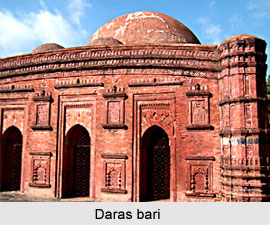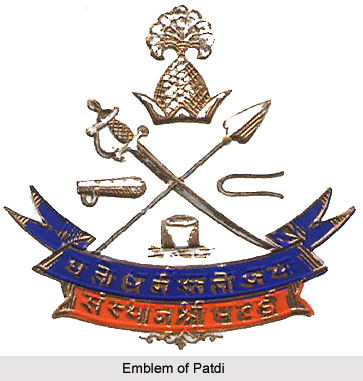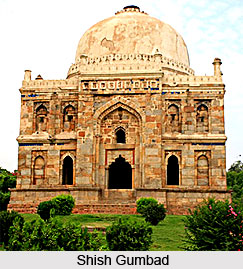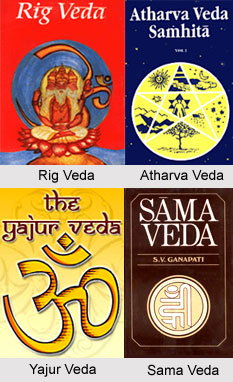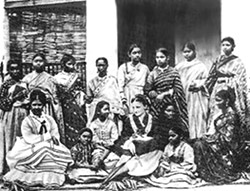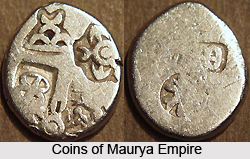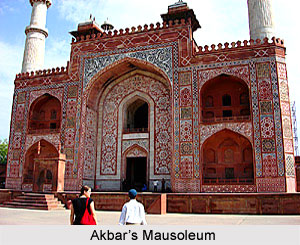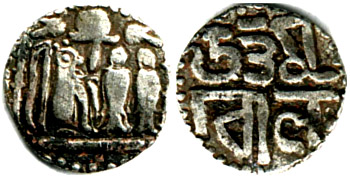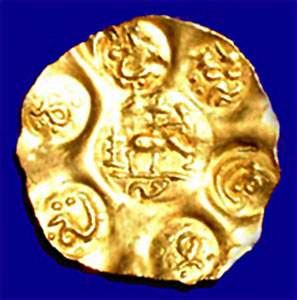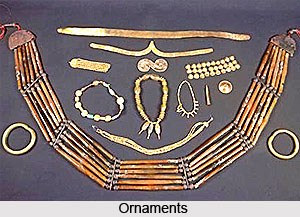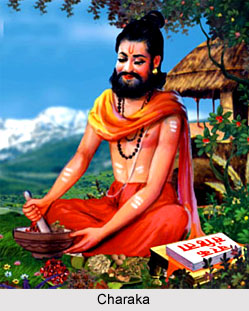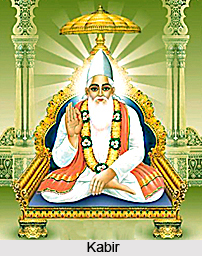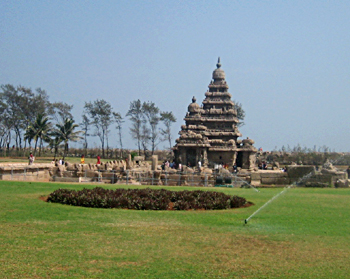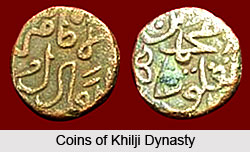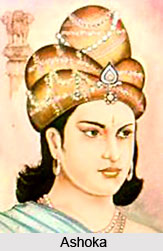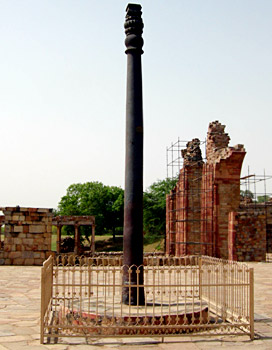 Economy during the rule of the Hindu kings thrived on agriculture and trade. Agriculture was one of the major sources of income. Trade with other countries made India economically viable. However, there was no equal distribution of wealth that created divisions in the society.
Economy during the rule of the Hindu kings thrived on agriculture and trade. Agriculture was one of the major sources of income. Trade with other countries made India economically viable. However, there was no equal distribution of wealth that created divisions in the society.
Agriculture under Hindu Kingdoms
Agriculture was the main occupation of the people during that time. The government was very concerned about the agriculturists. Irrigational projects existed. The land was surveyed by the government, village areas were demarcated, fields for pastures were left and the agriculturists were helped in times of dire necessity like the famine. The land provided the main income in the form of land-tax. It was one-sixth of the produce and was taken in kind. In Raja Tarangini, there is a mention of Suya, an engineer who had built a dam on the river Jhelum thereby helping the agriculturists. Big reservoirs, canals, tanks and wells were dug and maintained.
Trade and Commerce under Hindu Kingdoms
Cities were the centres of trade and commerce. The famous cities of the age were Madurai, Vanji in Malabar, Vatapi, Tamralipti, Kannauj, Ujjain, Broach and Pataliputra were the major cities of trade at that time. Commerce was both by land and sea. The commerce was particularly with Arabia, Persia, Egypt, Greece, Rome, Java, Sumatra, Indo-China and China. There were many important roads connecting the cities in India. The main articles of export were silk, bleached cloth, muslin, gems, pearls, spices, ivory and diamonds. Trade and commerce were monopolised by the guilds of traders and manufacturers.
India had specialised in metallurgy. Finest types of steel and iron were manufactured. The iron-pillar at Delhi near Kutab-minar is an illustrative of Indian skill in this field. Gold and silver utensils and ornaments were made and suited to all tastes. Glass-work was also prominent.
During this period wealth was concentrated in the hands of the few. It was spent on unproductive purposes, on palaces, dances, animals, favourites, pastimes and on wars. The Hindu kings of the period gradually became seekers of self-interest. The masses remained passive spectators when the night of foreign invasion descended upon India. Economic inequality made for an unbalanced culture and led to the rise of class-culture and break-up of Indian harmony achieved in the previous age. Thus economically India was a wealthy country.


